I think your problem lies in the red marked parts of the circuit:

That's a current limiter. It limits the current by reducing the voltage.
R2 and T2 limit the current. When the current rises, T2 will start to pull the gate voltage towards the source voltage. That has the same effect as turning down the voltage with R3.
In the original circuit, T2 and R3 were selected for a claimed limit of 100mA. You say you are using a different transistor for T2 and 8 ohms for R2 instead of the original 3.3 ohms - I expect your circuit is limiting the current to a good bit less than 100mA.
I've read through your descriptions, and it seems that you aren't measuring the voltage at all. If you meausure the voltage while the system is running, then I expect you will find that the voltage drops over time. It may not even start out at the set voltage if your anodizing bath draws more current from the start than the limiter allows.
You probably need to remove R2 and T2 - that will allow the needed current to flow for the voltage you set with R3.
Since the required current varies with the surface area, you will find that larger objects take more current. At some point, a large object may draw more current than either transistor T1 or the rectifier bridge are rated for - they may burn or pop. If those parts are rated high enough, you might blow a fuse (or trip a circuit breaker) in your house.
Have a look here for an overview of what goes into anodizing.
You really need the following things to make your anodizing power supply:
- Isolation so you don't kill yourself or someone else (a 1:1 isolation transformer would do the job.)
- Voltage control to set the color.
- Current control to manage how fast the anodizing builds up. As I understand it, too much current makes the anodized layer grow so fast that you may "overshoot" the color.
- A voltmeter to check the voltage while anodizing.
- An ammeter to check the current while anodizing.
- A fuse or circuit breaker to shut things off if there's a short circuit in the anodizing bath.
It would probably be safer to purchase a complete lab power supply rated for up to 100V and a couple of amperes. Even the cheapest power supply on Amazon will be safer than twiddling with voltages and currents that can kill you.
Be very careful working with this circuit. As you have described it, you are connecting this contraption straight to the mains - no transformer between the mains an the rectifier. Any part of that circuit can be at a voltage high enough to kill you.
- Make sure you have a working GFCI for the outlet you are using.
- Never touch any part of the system while it is operating.
- Only change connections when the system is unplugged (and double check to be sure that it is disconnected.)
- Only change connections after allowing C1 to discharge. R3 will do that, but you will want to wait a couple of minutes before touching anything.
I've read that Best Technology page again and some other stuff and I think this works differently than the way they (and the OP) express it.
- The color is determined by how thick the anodized layer is.
- The thicker the layer the more resistance it has.
- A thick layer takes a higher voltage to add more anodizing.
- Anodizing quickly requires more current.
The voltage itself doesn't cause the color. The voltage is only an indicator of the anodized thickness.
You've got two ways to do this:
- Anodize fast (high current) with a voltage limit to automatically slow (or stop) the anodizing when the layer is thick enough for the desired color.
- Anodize slowly (low current) then watch the progress and stop when you get the color you want.
If the current output is really low, then you might simply need a lot of patience for the anodizing to reach the needed thickness.
Your power supply could, for example, provide a maximum of 100VDC but at 10mA. It would slowly anodize the object, with the voltage slowly rising to maintain the 10mA. It might take a very long time to reach the thickest coating, but you could stop at any time when you see the color you want.
In other words, you want a either constant current power supply with a voltage limit for fast anodizing or a constant current power supply with low current and just watch the color.

